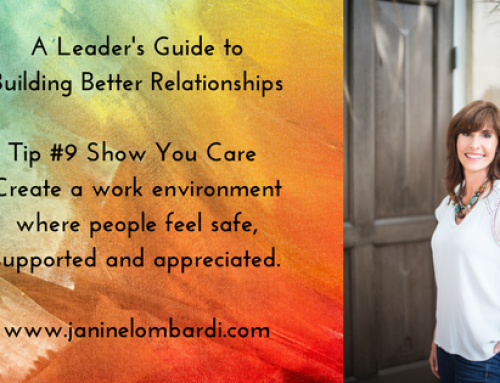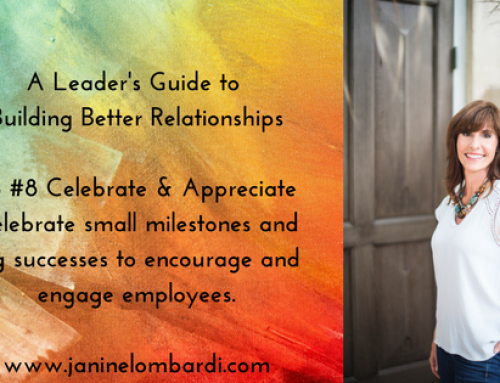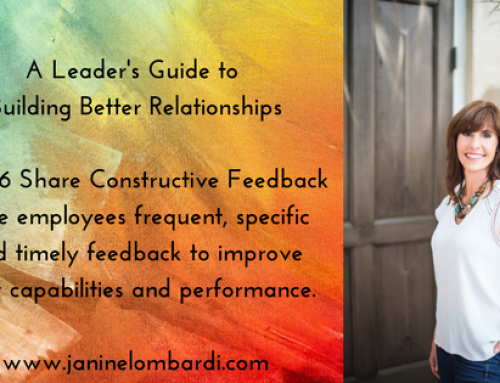\n

\nOne of the greatest challenges facing leaders today is the accelerated rate of change they must manage. Almost every leader I have spoken to this year ha stold me they are struggling with managing change in their organization.\n\nRecently, a major university system asked me to be a part of their bi-annual summit for their 25 Campus Directors to talk about leading change. In a short period of time, this group was asked to manage a number of significant change initiatives that impacted all their stakeholders – students, faculty and staff and they needed information and tools to help them be successful.\n\nThere is a Chinese proverb that says, The beginning of wisdom is to call things by their right name. So for our session, I chose to focus on the work of William Bridges and managing transitions because in his words, “it’s not the changes that do you in, it’s the transitions.” Change is situational. Transition is psychological: it is a three-phase process that people go through as they internalize and come to terms with the details of a new situation that the change brings about.\n
- \n
- Letting go of the old ways and the old identity people had. This first phase of transition is an ending, and the time when you need to help people to deal with their losses.
- Going through an in-between time when the old is gone but the new isn’t fully operational. Bridges calls this time the “neutral zone,” it’s when the critical psychological realignments and repatternings take place.
- Coming out of the transition and make a new beginning. This is when people develop the new identity, experience the new energy, and discover the new sense of purpose that make the change begin to work.
\n
\n
\n
\nWhen asked to evaluate how they had done managing these three transition, many Directors acknowledged that they had completely ignored the first phase, endings. This is very common, we tend to leap right to the new beginning and then we wonder why morale is low and the change we desire is not progressing. There were many communication gaps identified as well. So I reminded them that more than half of communication is listening rather than speaking. And I shared three key questions that are important in a time of change.\n
- \n
- What is changing?
- What will be different because of the change?
- Who’s going to loss what?
\n
\n
\n
\nThey not only create a climate of listening which reassures people and defuses opposition. They also generate information that you may not, yourself, know yet. And, hey the leader is in transition too!






Leave A Comment